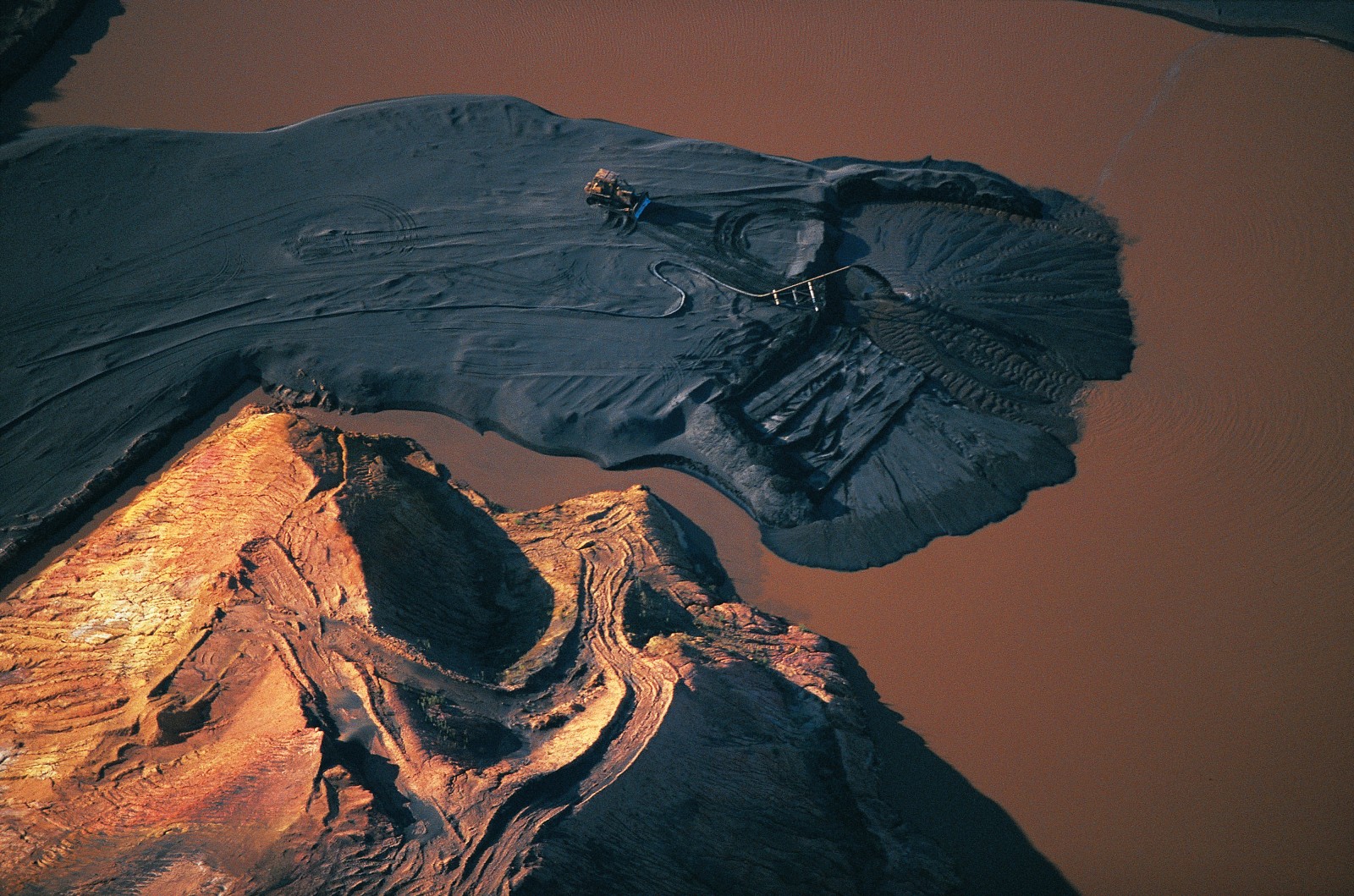Essential metals in a zero-carbon future
4 September, 2023
 Steel and vanadium could be cleaned up thanks to our scientists
Steel and vanadium could be cleaned up thanks to our scientists
In today’s urbanised world, steel is a ubiquitous material, used in everything from infrastructure like roads and railways, through to earthquake resilient buildings, wind turbines and electric vehicles. But making that steel comes with a significant environmental cost.
In 2018, the IPCC reported that the global iron and steel industry was responsible for producing 2.6 Gt of carbon dioxide per year; that’s 7% of the world’s total CO2 emissions.
A new look at an old process
“The source of all this CO2 is the chemical reduction of iron ore,” says MacDiarmid Institute Associate Investigator, Dr Chris Bumby, from Victoria University of Wellington.
“Modern ironmaking is an industry based on the incremental development of a 2000-year-old process.”
While our materials knowledge and process control have drastically improved since the Iron Age, the underlying chemistry has stayed largely the same.
In all cases, the raw material, iron oxide, is combined with a carbon-rich fuel like coal in a furnace that runs at incredibly high temperatures. The coal reacts with the oxygen from the ore producing CO2 and a liquid metal alloy known as pig iron – 95.5% iron and 4.5% carbon. The pig iron is then converted into high-strength steel by further processing, which removes almost all of the carbon.
Here in New Zealand, iron is produced from titanomagnetite ironsand – an unusual form of iron ore containing low levels of titanium oxide.
This requires a slightly unusual ironmaking process (colloquially known as the ‘NZ Steel process’), but the fundamental chemistry still depends totally on coal as the input reactant.
Regardless of the route taken, all of this input carbon adds up – on average, the production of one tonne of steel emits 1.8 tonnes of CO2.
So, Dr Bumby and his colleagues at the Robinson Research Institute set out to find a new way to make iron, one that could eliminate the use of coal. It started back in 2014 through a collaboration with the University of Wollongong.
Dr Bumby says, “The aim of that project was to use methane (CH4) in the reduction of ironsand. But along the way, we switched to hydrogen, which took the carbon entirely out of the process.”
For the past 18 months, the VUW/Wollongong team (which includes on the Australian side, Professor Brian Monaghan and Dr Ray Longbottom) have been looking exclusively at hydrogen reduction of iron ores.
“The results have been fantastic,” he says. “We have an entirely new, zero-carbon way to make iron, and it works especially well for New Zealand ironsand.”
Their one-step process produces very high purity iron – up to 99.85% iron – in under 20 minutes.
Dr Bumby continues, “For context, NZ Steel’s equivalent process takes about 10.5 hours, and the product contains more than 4% carbon.”
 NZ ironsand is unique
NZ ironsand is unique
To make their iron, Dr Bumby uses a fluidised bed reactor. He explains, “It’s effectively a tube containing ironsand sitting on top of a porous plug that allows us to push hydrogen gas through it.”
The unique chemical makeup of NZ ironsand has proved to be particularly helpful in this set up too.
“As the reaction starts, we’ve found that the titanium content migrates out of the sand to form a very thin protective skin on the outside of each grain.”
As Dr Bumby reported in a recent paper, this stops the grains from sticking to one another, allowing for a faster reaction. At the moment, this process has only been carried out at the laboratory scale, but that looks set to change.
Dr Bumby and a trans-Tasman team of collaborators were recently awarded $6.5 million by the MBIE Endeavour programme. Spread over five years, this funding will allow them to scale-up production of their carbon-free iron from hundreds of grams to tens of kilograms and to extend their research to include another valuable component of NZ ironsand – vanadium.
“Vanadium is an exceptionally useful metal,” says Dr Bumby, “it makes steel stronger so is used in lightweight alloys. It’s also the basis of the vanadium redox battery, widely regarded as the best energy storage solution for electricity grids. And it’s expensive; in the range of $50k per tonne. So even though ironsand contains less than 1% vanadium, it’s still an incredibly valuable resource. We want to find cleaner, more efficient ways to extract it from the ore.”
Collaborating across four institutions within the MacDiarmid umbrella
Leading this part of the work are two other members of the MacDiarmid Institute – Associate Professor Aaron Marshall (Associate Investigator, University of Canterbury) and Professor Jim Johnston (Emeritus Investigator, Victoria University of Wellington).
They will be taking a new approach to vanadium extraction, “one that is much more careful about waste streams than today’s processes,” says Dr Bumby.
Another key figure in the project is MacDiarmid Institute Principal Investigator, Dr John Kennedy, from GNS, who will develop specialised microwave heaters for the new ironsand reactor.
“Ironsand absorbs microwave radiation really well,” explains Dr Bumby. “It experiences a combination of magnetic and electronic heating that will let us reach much higher temperatures, making the whole reaction faster and more efficient.”
New Zealand’s relatively green electricity grid provides another opportunity for the team - the hydrogen gas so central to their work could be generated using renewable energy.
“We’re in discussions with electricity providers at the moment and we’re optimistic about the economics stacking up,” Dr Bumby says.
“We have to look at the big picture. Demand for steel is growing all the time, and importing it will simply result in more CO2 entering the atmosphere from overseas factories. So, as a country, if we’re serious about becoming a zero-carbon economy, then we need to look very seriously at how we will decarbonise our domestic steel industry.”


